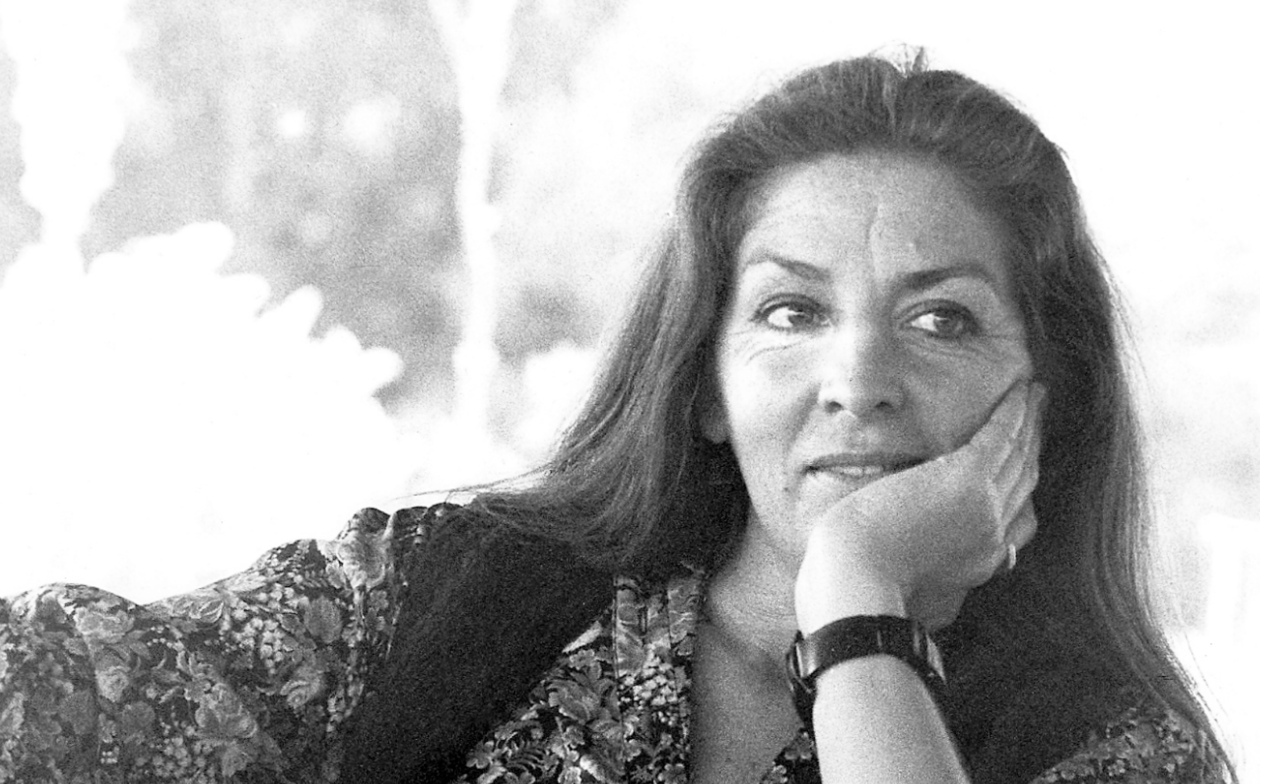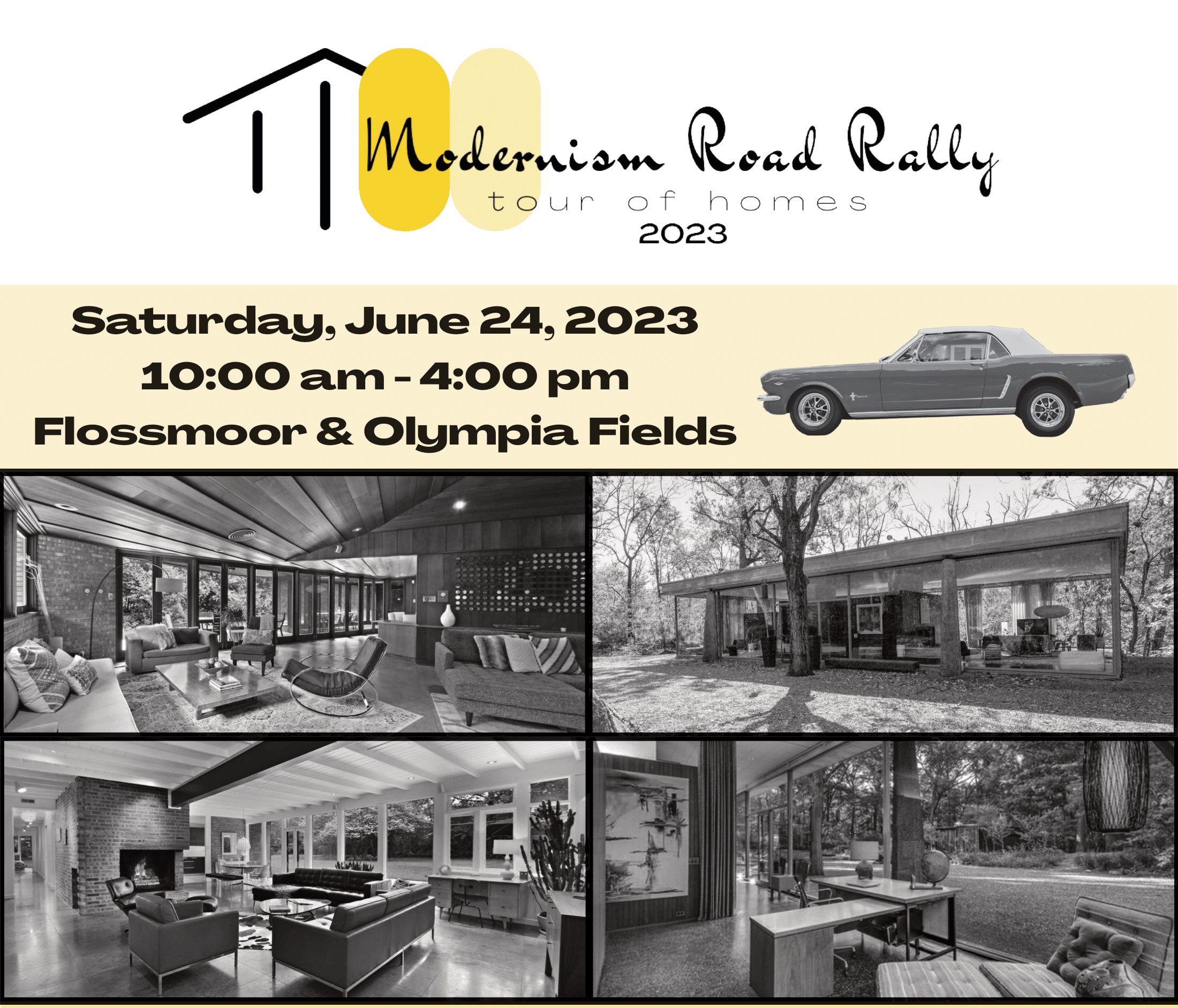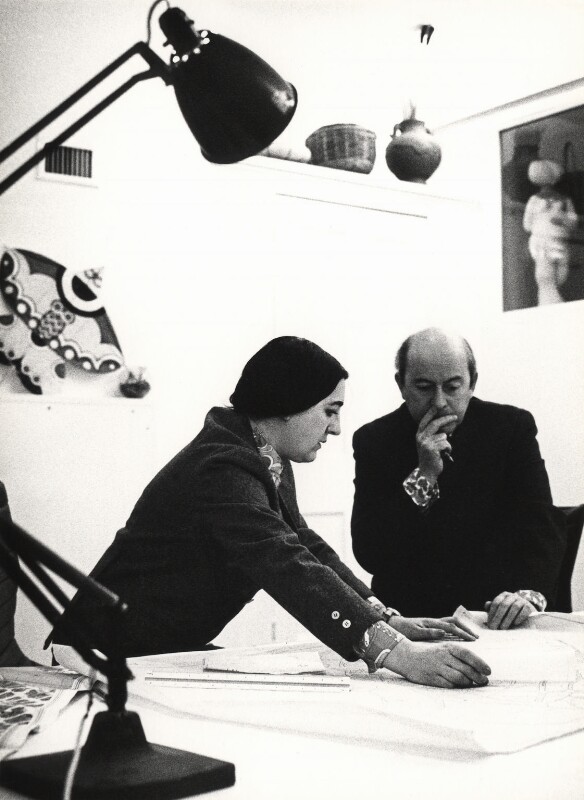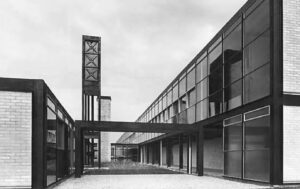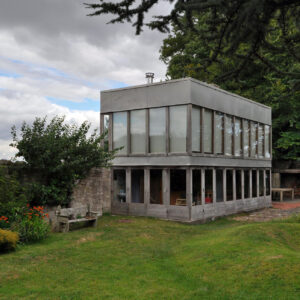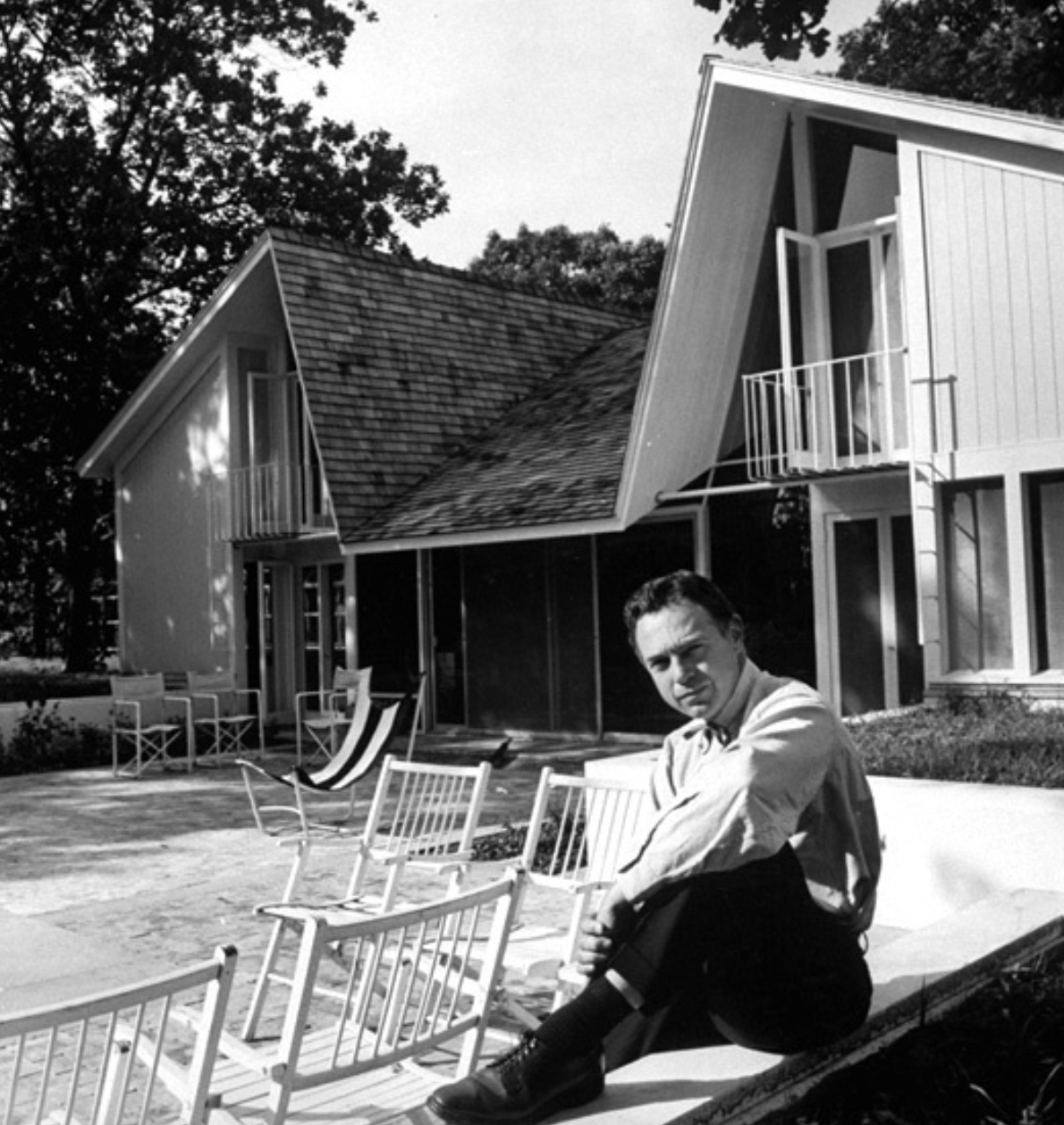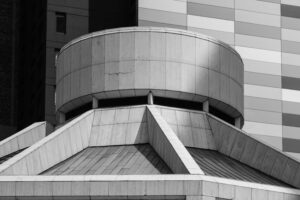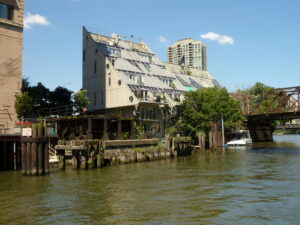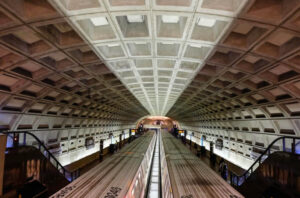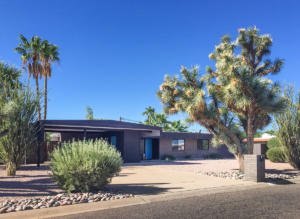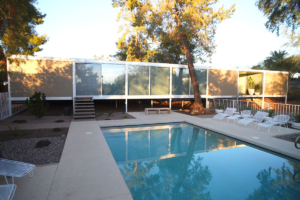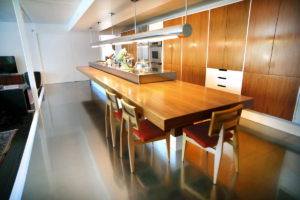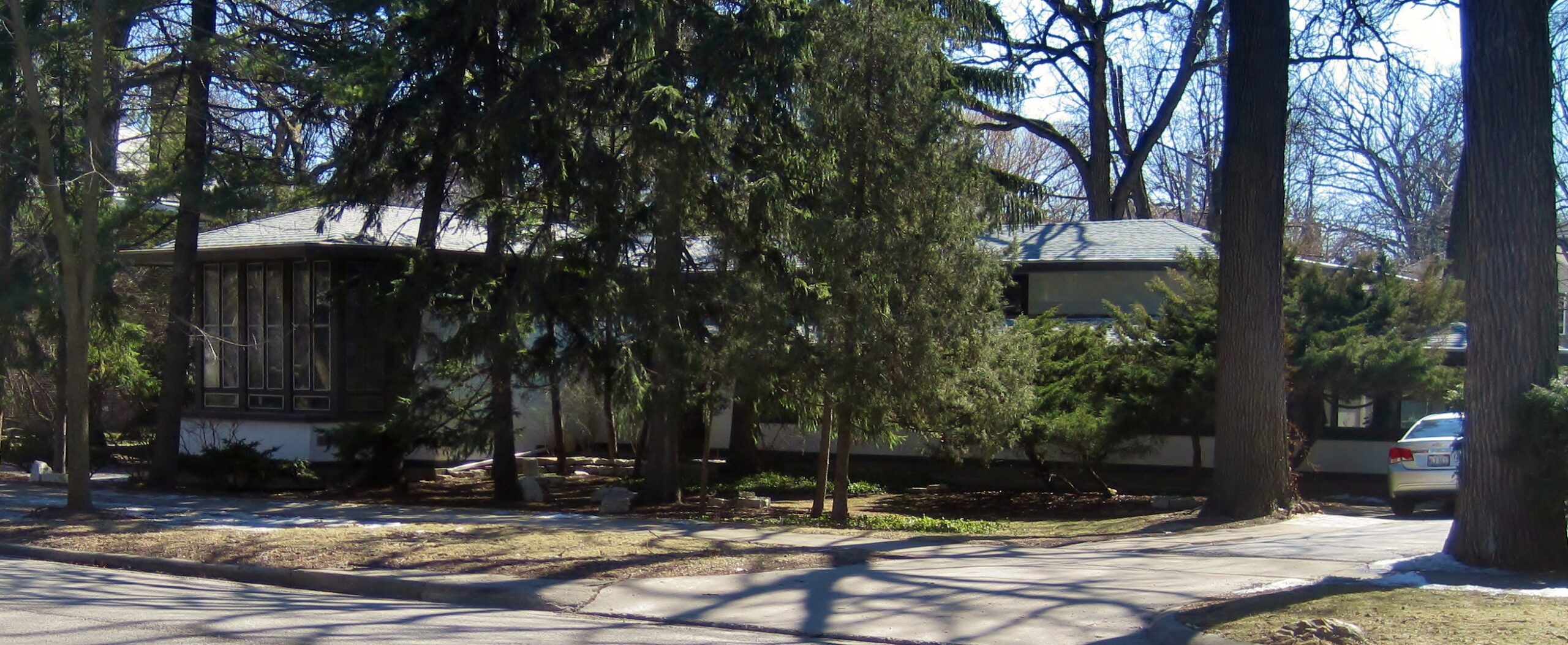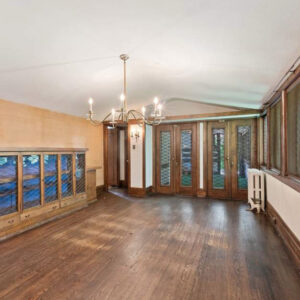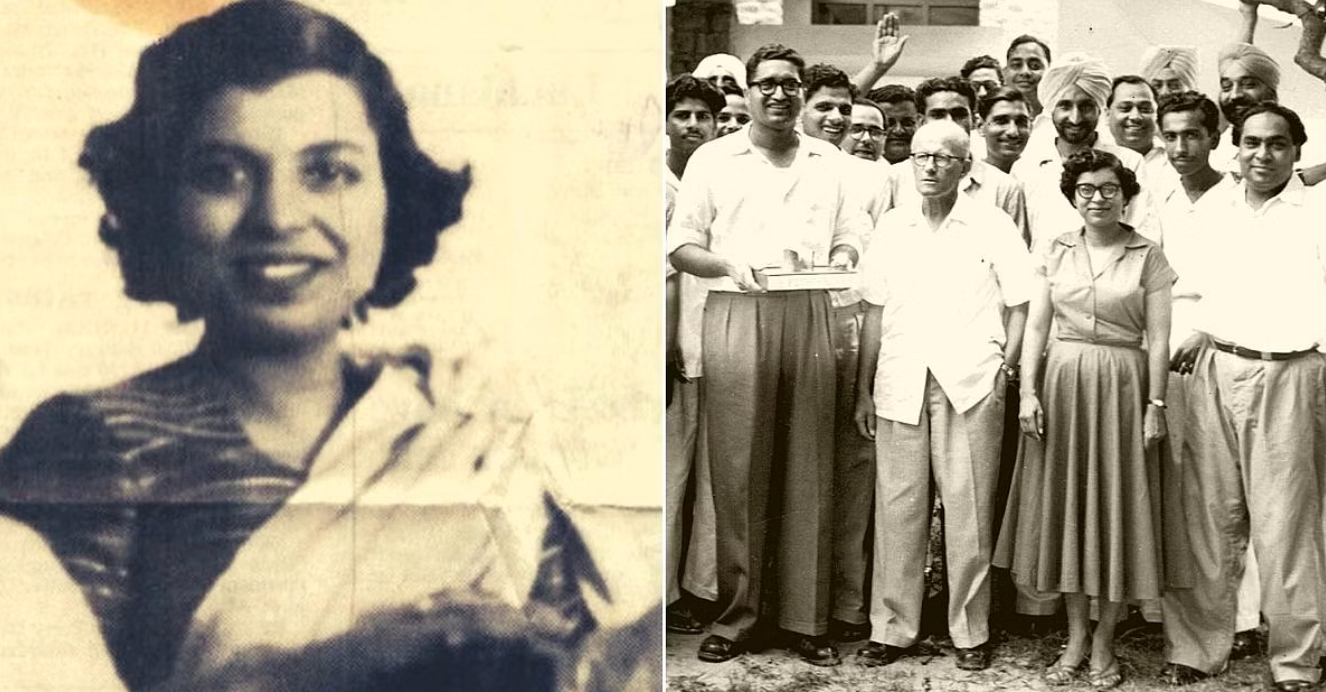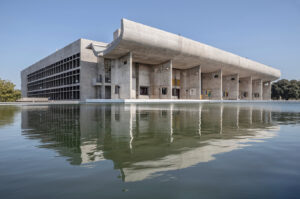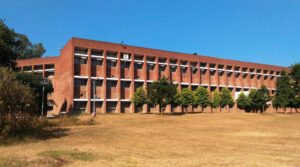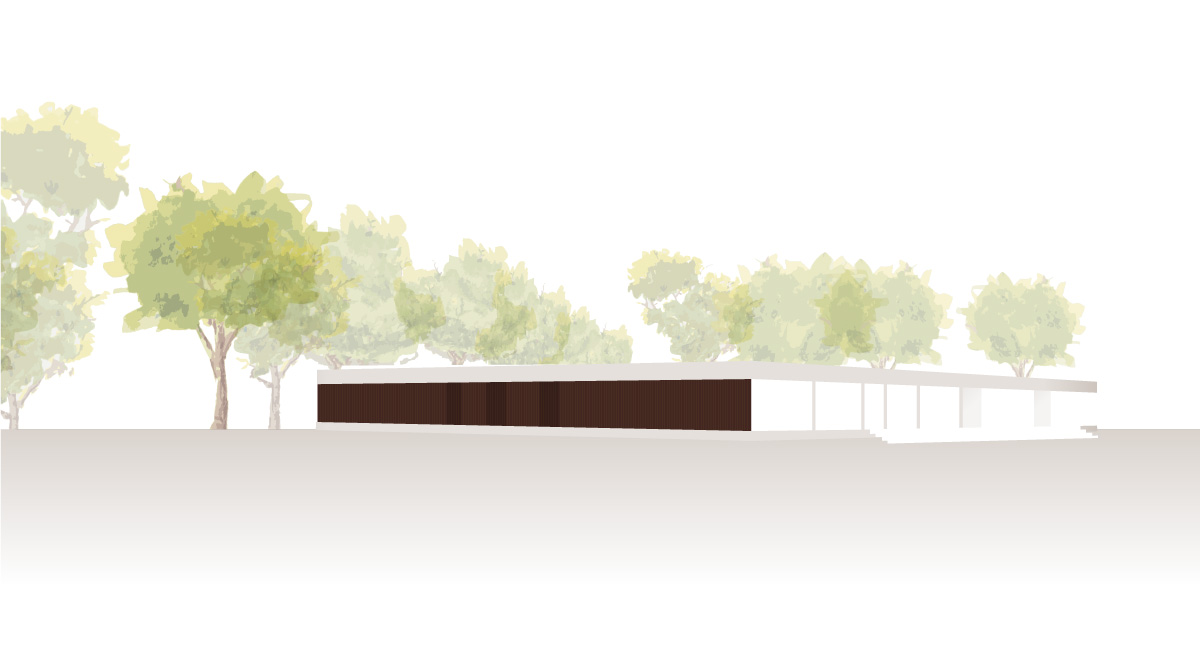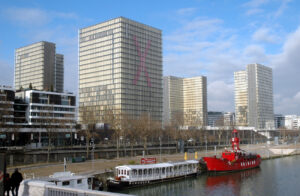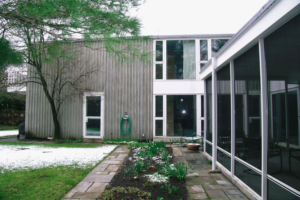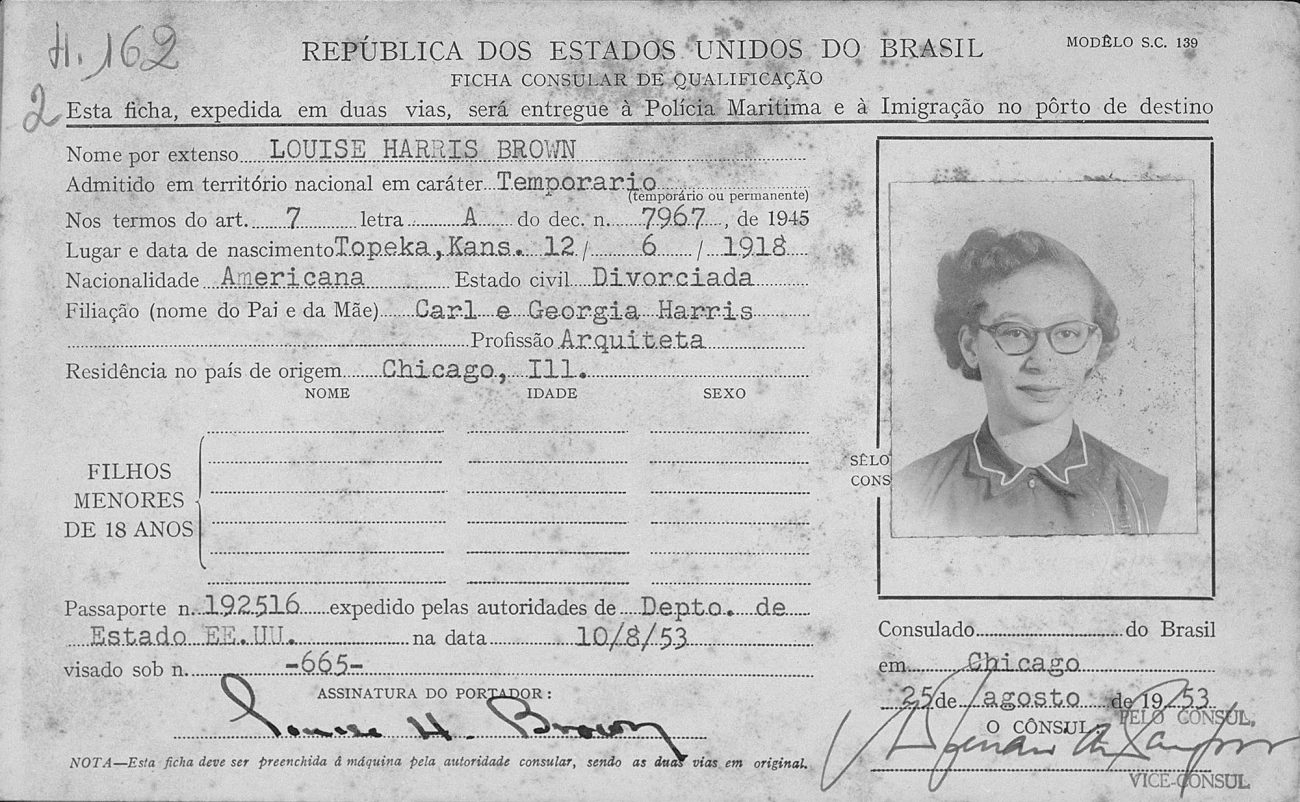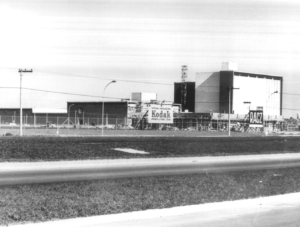As part of our ongoing “Women in Architecture” series, we’re sharing the story of Glenda Kapstein, an activist for architectural innovation and environmental consciousness. Her impressive body of work has not only redefined the architectural landscape of her home country but has also served as an inspiration for architects worldwide. Discover the remarkable journey of her life and career below:
The Life of Glenda Kapstein
Born and raised in Santiago, Chile, Glenda Kapstein was a curious and imaginative child. The city’s skyline, with its mix of colonial charm and modern ambition, made it the perfect place to fall in love with architecture at a young age. One of her earliest inspirations was Cantalao, a project dedicated to the culture and people of Chile, promoted by Chilean poet Pablo Neruda.
Kapstein decided to pursue architecture as a career, enrolling at the University of Valparaíso in 1959 and spent two years of school studying across Europe before finally graduating in 1967. Following her graduation, she moved to Spain to work with Spanish Architects Antonio and José Camuñas, who were hired to complete more than 3,000 houses in and around Madrid. Kapstein continued to pick up a mixture of jobs, from working as the Regional Director of Tourism in Antofagasta, Chile, to teaching at the Catholic University of the North (UCN). However, she eventually left to help UCN establish an architecture department and create a study laboratory of her own. With her laboratory, Kapstein was able to explore her interests in how climate dictates architecture.
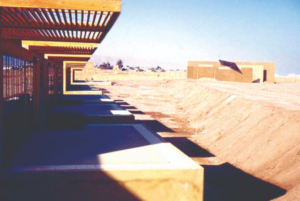
Fuelled by the desire to broaden her perspectives, in 1994, Kapstein pursued her Master’s degree from the prestigious Pontificia Universidad Católica de Chile. The university’s broad and holistic approach to architecture further nurtured her growing passion and seeded her design philosophy with the importance of context and cultural relevance. There, she was surrounded by an inspiring blend of cultures, perspectives, and design philosophies that further refined her approach toward architecture.
Notable Works and Achievements
In her professional work, Kapstein worked to shape architecture that was not just aesthetically appealing but also ecologically responsible and socially sensitive. She viewed architecture as a powerful medium to express the historical, environmental, and social context of a place. As a result, her designs sought to harmoniously blend these elements, creating spaces that were both functional and meaningful.
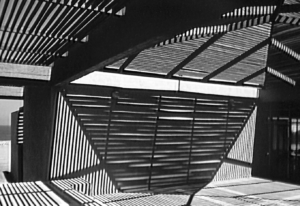
The most iconic example of Kapstein’s vision is the House of Spiritual Exercises of the Alonso Ovalle Foundation in Antofagasta. Built in 1991, this project stands out as a beacon of sustainable architecture, with its design seamlessly integrating with the natural landscape. The build, executed under Kapstein’s leadership with fellow architect Osvaldo Muñoz, is characterized by various intermediate spaces linking the interiors with the exterior desert. It incorporates innovative, energy-efficient features that minimize environmental impact while providing a state-of-the-art space to celebrate Chile’s rich biodiversity and cultural heritage. The project was a finalist for the Mies van der Rohe Pavilion Award for Latin American architecture in 1998 and the PLEA International Award in 2003, and was sadly demolished in 2019 for unknown reasons against the wishes of Kapstein’s family.
Another testament to Kapstein’s architectural philosophy is her work on the expansion of the Hotel Tulor in San Pedro de Atacama, a desert tourism hotspot. Still committed to ecological responsibility and cultural resonance, Kapstein incorporated local materials and traditional construction methods, resulting in an addition that seamlessly blended with the desert landscape and paid homage to the Atacama people’s heritage. Her design employed sustainable practices like passive cooling and heating to reduce energy consumption. The Hotel Tulor project underlines Kapstein’s distinct approach to architecture, combining innovation, sustainability, and cultural sensitivity, further establishing her as one of Chile’s most influential architects.
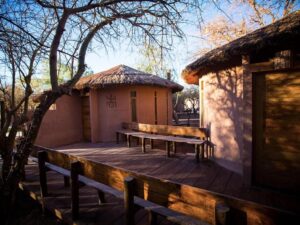
Glenda Kapstein’s life and career are a testament to her commitment, creativity, and vision. Her journey serves as an inspiration for aspiring architects, especially women, reminding us all that architecture is not just about creating structures, but about creating stories, preserving heritage, and designing a sustainable future.
